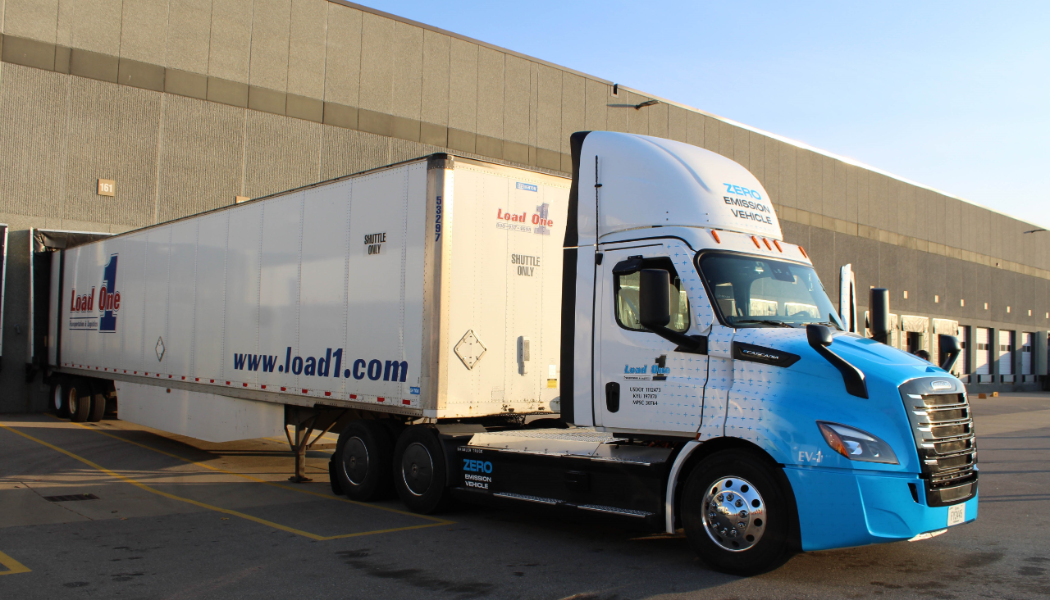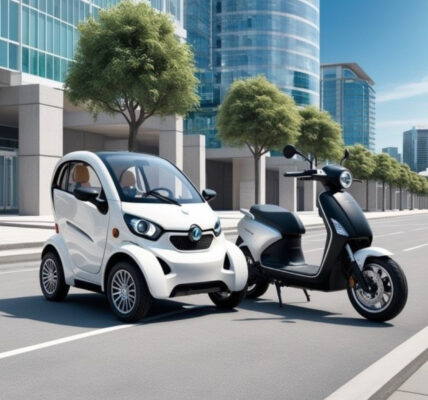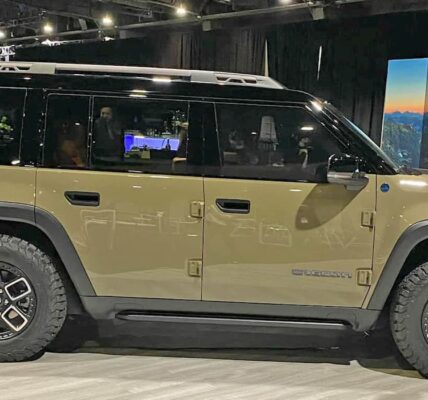Daimler Truck North America Launches first Freightliner eCascadia in Motor City for Inbound Logistics Operation
Daimler Truck North America launched its first battery-electric Freightliner eCascadia at its subsidiary, Detroit Diesel Corporation subsidiary in Redford, Michigan, to further decarbonze its logistics operations.
The Freightliner eCascadia will be integrated into DTNA’s operations at the Detroit Logistics Center in Livonia, transporting critical components between Detroit’s offsite warehouse and the Redford production facility. The electric truck deployed in Detroit’s shuttle program will be operated by Load One, a freight solutions provider for DTNA since 2018. Their route and the consistent payload are ideal for electric truck use, according to the company. As equipped, the eCascadia has a typical range of 220 miles and will be recharged at the Detroit Logistics Center.
“Detroit’s operation is focused on driving efficiency in today’s market while preparing for growth over the coming years,” Matt Pfaffenbach, Detroit plant manager, said. “Investment in key partnerships, like our relationship with Load One, is critical to maintaining success as our industry transforms in the years to come.”
Detroit is a vital component of DTNA’s manufacturing ecosystem, spanning 38 acres and encompassing 3.2 million square feet of production space. The facility employs nearly 2,800 people in manufacturing, research and development, and support functions, and runs high-volume production on multiple shifts. This includes the eCascadia’s electric powertrain, the same system powering the Load One vehicle as it begins Detroit’s logistics operations.
“Load One is thrilled to work with our long-term partner Detroit and DTNA as we take the first steps together in ushering in a future generation of Class 8 vehicles. Load One continues to work toward advancement and as a good steward to our planet,” John K. Elliott II, executive chairman at Load One, said.
This initiative aligns with DTNA’s broader strategy to integrate electric vehicles into its logistics network, following implementations in the Pacific Northwest, North Carolina, Arizona, and Mexico.








